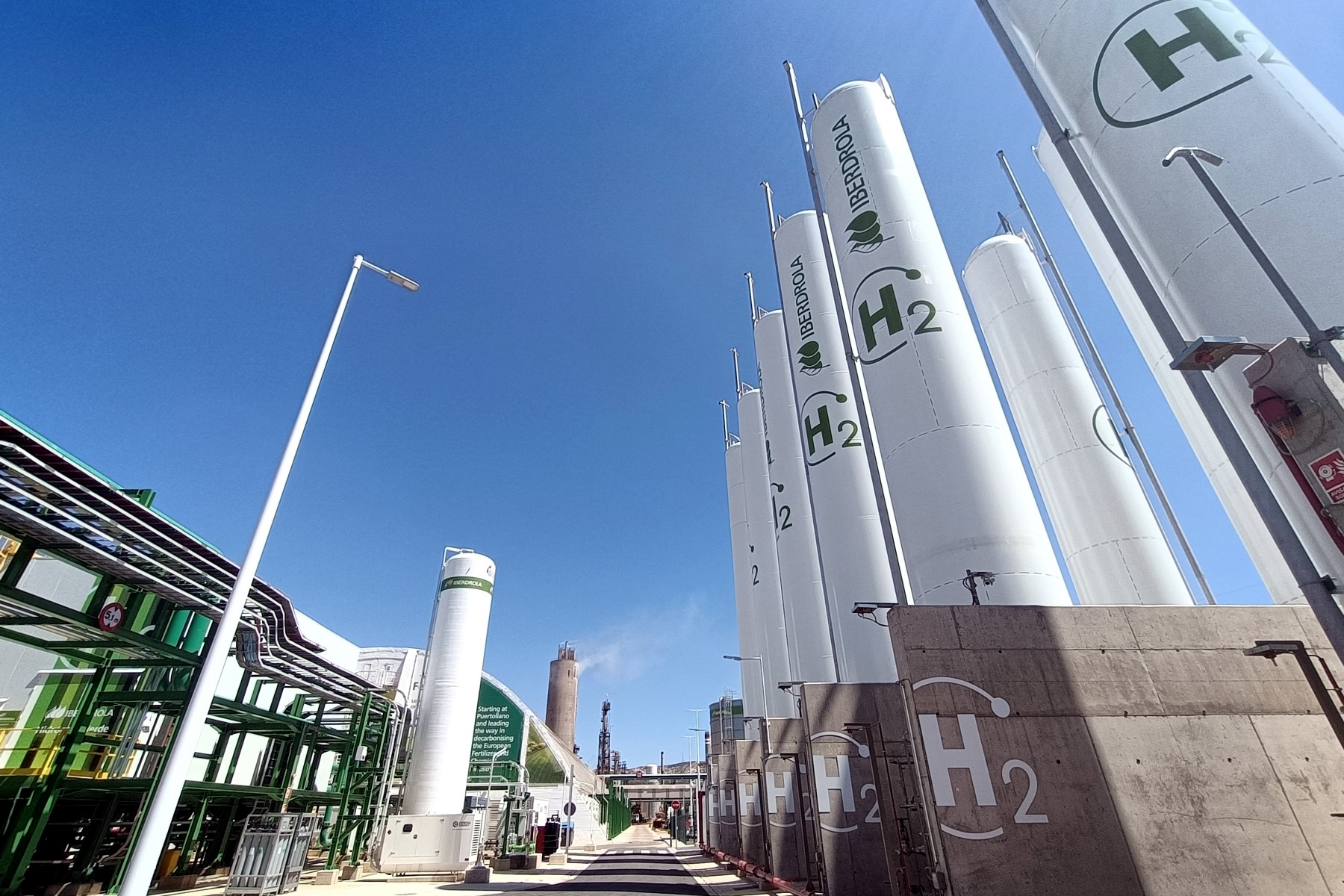Beijing, China— A greener globe requires a greener energy industry, which could definitely be represented by new quality productive forces such as green hydrogen, according to Baoshen Zhong, Chairman of LONGi Green Energy.
China Economic Net quoted Zhong as saying, during the 2024 Two Sessions, that “Renewable energy, mainly photovoltaic and wind power, and hydrogen (green hydrogen) production from such energy could achieve zero carbon dioxide emissions from the source.”
According to the International Renewable Energy Agency (IRENA), the compound annual growth rate (CAGR) of global hydrogen trade is expected to reach 8 percent by 2050. As for China, the hydrogen energy industry is mushrooming with each passing day. Statistics from China Hydrogen Alliance showed that the output value of the domestic hydrogen energy industry will reach 1 trillion yuan by 2025.
In the Photovoltaic Industry 2023 Development Retrospect and 2024 Situation Prospect released not long ago by the China Photovoltaic Industry Association (CPIA), the deep coupling of PV and hydrogen has also been repeatedly mentioned, “Through exploring PV hydrogen production, ammonia and methanol production and the like, to expand the consumption of PV green electricity. It is necessary to further improve the application environment of green hydrogen and derivative products, explore the economics of off-grid mines, oil fields and other scenarios, and at the same time, reduce the cost of producing/using hydrogen, ammonia and methanol products according to local conditions.”
The new quality productive forces proposed in the 2024 Government Work Report mean a qualitative leap in productivity, namely, productive forces in which technological innovation plays a leading role, China Economic Net further reported.
“Green hydrogen, as a zero-emission clean energy carrier and an essential industrial raw material, plays a vital role in the future energy structure,” Zhong explained. “Off-grid hydrogen production, which could accelerate the adjustment of energy structure and the realization of carbon neutrality goals, as well as strengthen energy storage and peak regulation, enjoying broad future prospects.”
The industry leader also added that the green hydrogen chemical industry should be combined with the layout of domestic large renewable energy bases, and priority should be given to promoting China’s location selection of water electrolysis hydrogen production projects in deserts and wastelands so as to promote the early application of advanced scientific and technological achievements.
With regard to a major bottleneck restricting the large-scale development of the green hydrogen industry, the high cost of storage and transportation, green ammonia and green alcohol could be used as carriers.
On 1st January, the European Union officially included the shipping industry in the EU carbon emissions trading system, thus major shipowners have begun to actively formulate decarbonisation strategies and response plans, and use green hydrogen to produce green methanol to replace traditional fuel for shipping as one of the most popular options.
In this regard, Zhong highlighted the importance of accelerating the inclusion of high-carbon-emitting industries such as domestic chemicals into the carbon trading system, and helping obtain recognised carbon dioxide as the raw material for green methanol, which will gradually reduce the cost of China’s green alcohol to enhance product competitiveness.
In terms of synthetic ammonia, currently, China has become the world’s largest producer and consumer of synthetic ammonia. According to estimates, the carbon dioxide emissions from coal-based ammonia production are approximately 4.2 tonnes when producing 1 tonne of synthetic ammonia.
“An increasing number of green hydrogen ammonia synthesis projects will inevitably help reduce the consumption of fossil energy such as raw coal and help achieve carbon peak and carbon neutrality as soon as possible.”
Zhong introduced that since the establishment of LONGi Hydrogen Energy in 2021, the first 1,000Nm3/h alkaline water electrolyzer has been built, with a production and delivery capacity of 500MW. The company also won the bid for China’s first 10,000-tonne PV green hydrogen demonstration project and officially put it into operation.








